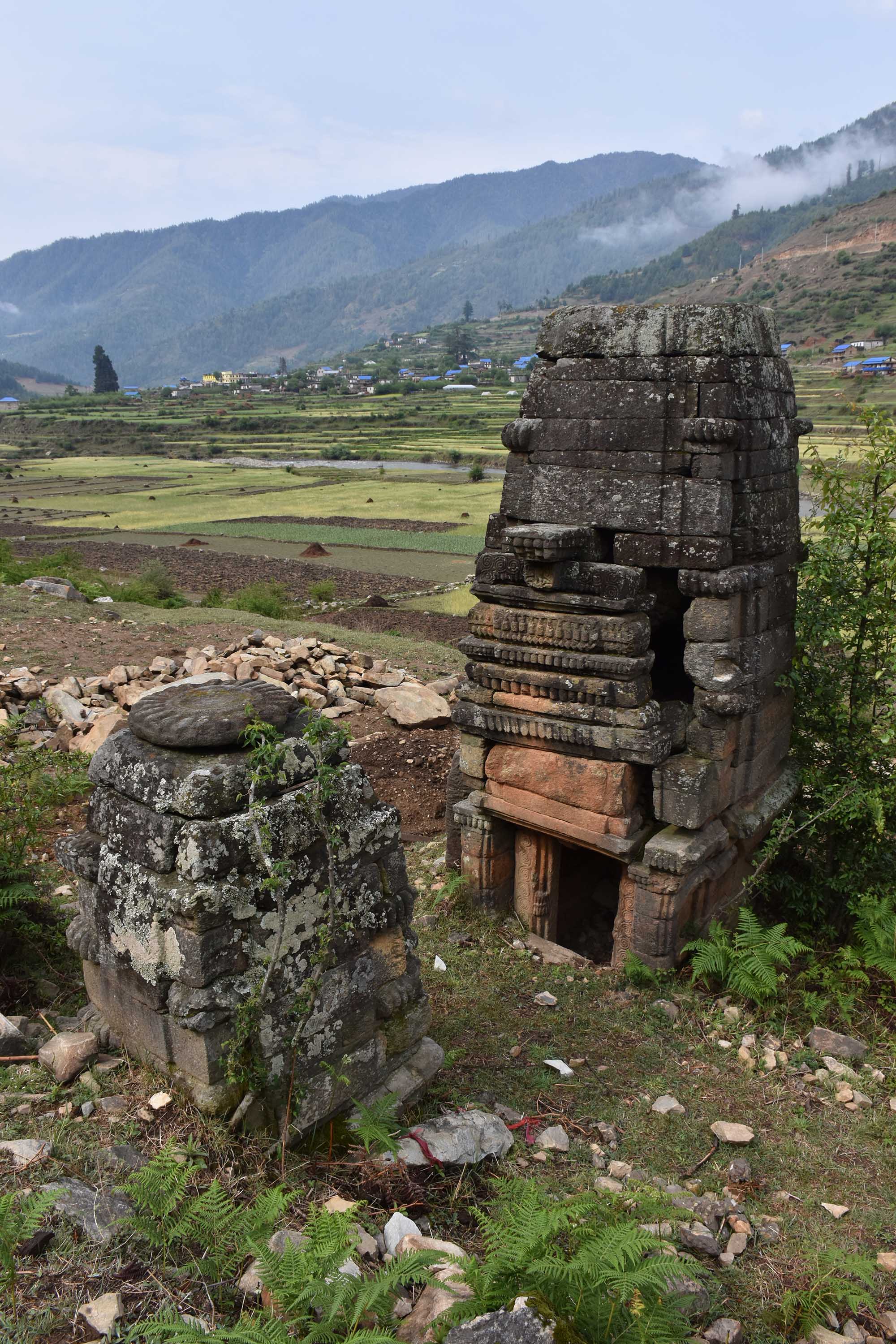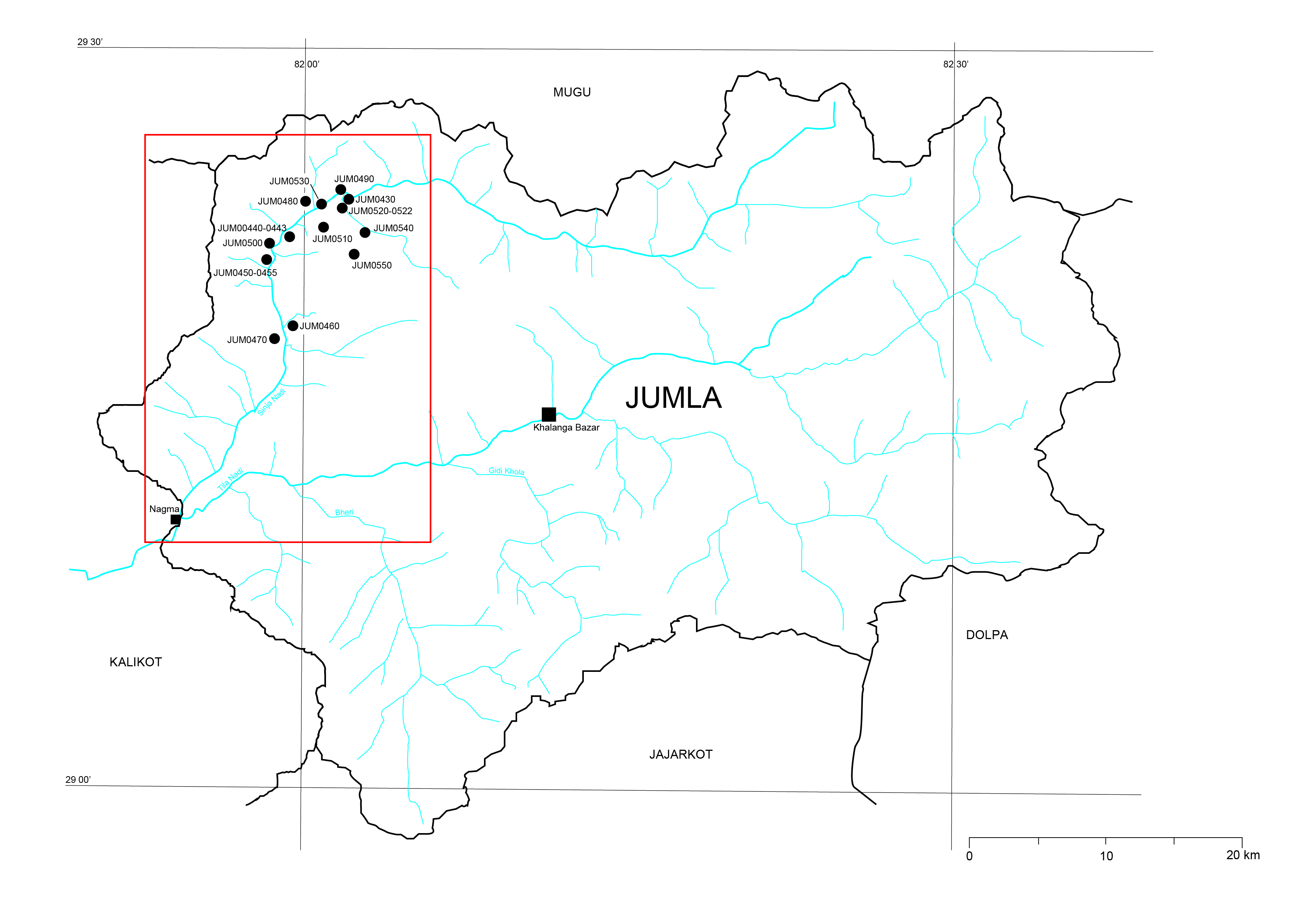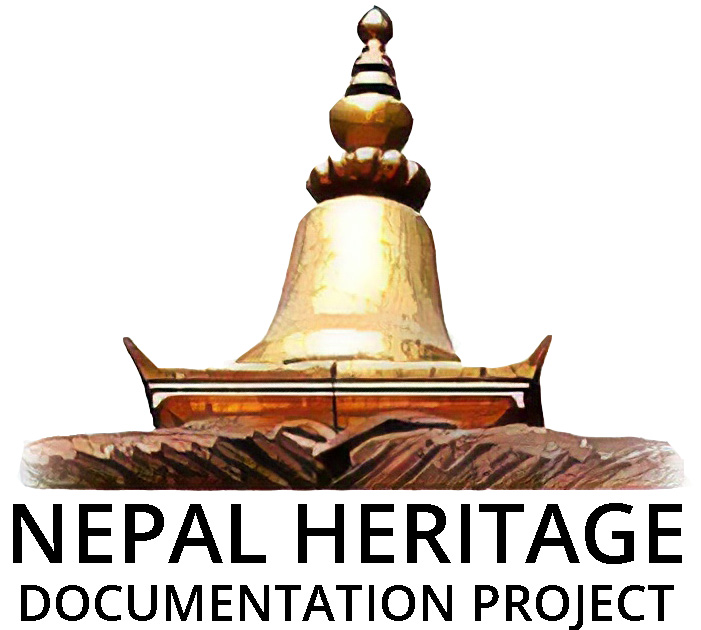Sinja Valley

The Sinja Valley is located in West Nepal, in the Jumla district. The Sinja river runs through the valley before joining the flows of the Karnali in Kalikot district. The area is marked by stunning sceneries of fertile paddy fields, a preserved vernacular architecture and a number of heritage sites. The landscape is dotted by medieval stone pillars, śikhara temples and fountains. Archaeological artefacts found throughout the area indicate the presence of Buddhism from at least the early 12th century and up until the 16th century. Hinduism is attested from approximately the 13th century and is still practiced today.
The valley holds a significant importance in Central Himalayan and Nepalese history. Close to the village of Haṭ Sinja is the site of a ruined medieval fortress has been identified as Yatse (tib. ya rtse), the summer capital of the Khaśa Malla empire (12th -14th century). This polity was ruling over a vast region extending from Mustang to the east to parts of the Indian state of Uttarakhand to the west and controlled portions of Terai. Likewise, the Khaśa Malla era is considered as the formative period of Nepali language, with the earliest occurrences of Proto-Nepali noted in the vicinity of Dullu (Dailekh district), the imperial winter capital. In 2008, the Sinja Valley was enlisted on UNESCO’s World Heritage Tentative List by the Government of Nepal (criteria ii and iii).

Links to individual monuments
